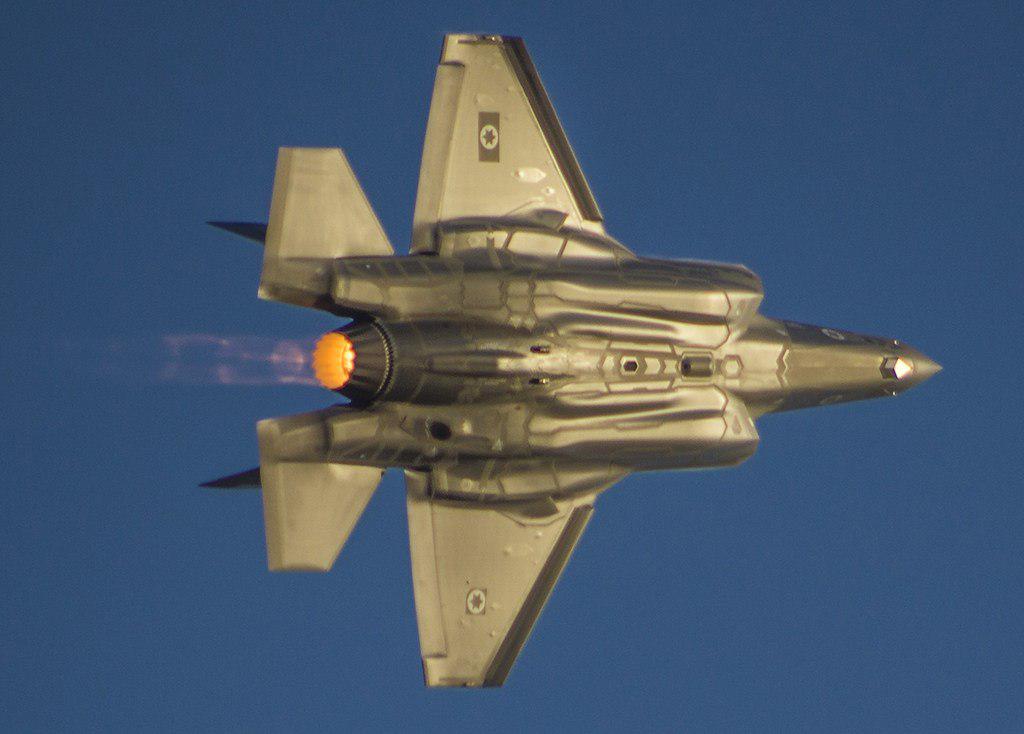Defence-Security expert Mohammad-Reza Ahmadi has, in an opinion piece published on the Persian-language website Mizan Online, analyzed the rumour that two Israeli F-35 warplanes have entered Iran’s airspace without Iranian air defence systems intercepting them. The full text of the article follows.
First Act: As short as it was funny …
The story changed hands in cyberspace as it was quoted by a Kuwaiti media outlet, an Israeli newspaper and the like. The story went that two F-35 jet fighters belonging to the Israeli regime had entered the Iranian airspace after flying over Syria and Iraq without being intercepted and flew over the cities of Isfahan, Bandar Abbas and Shiraz before returning to the occupied territories. An hour later, the Iraqi Defence Ministry in a statement denied any such aircraft had crossed its airspace. And maybe Iranian authorities thought the issue was too trivial to show any reaction to.
Second Act: I wish they had asked themselves …
Aerospace and weaponry experts aside, even those interested in air combat issues would not believe the story. I wish those who started and spread the rumour had studied the catalogue on the Lockheed MartinF-35 Lightning II and learned about the weak and strong points of the warplane and thought about the following features:
The Lockheed Martin F-35 Lightning II is a vertical take-off and landing (VTOL) stealth multirole fighter. The claim that it is a radar-evading aircraft is because whatever the jet fighter carries with it (including ammunition, chaff, flares, etc.) are placed inside the plane, and the jet fighter has no fuel tanks and munitions under its wings. If the belongings of the plane were placed on it otherwise, then it would not be a stealth aircraft, and if the fighter jet is designed the way mentioned above, its operational radius will not be large enough to be able to flyto Iran and come back. (The Lockheed Martin F-35 Lightning IIhas an operational radius of around 800 kilometres, which is not regarded as a high range. The F-14 warplane, for instance, which was manufactured at least 40 years before the F-35, has an operational radius of approximately 1000 kilometres.)
Moreover, if the F-35 warplane is supposed to be refueled, the KC-10 and KC-737 aerial refueling tanker aircraft of Israel and the US are not radar-evading planes. They can even be spotted far beyond the Iranian borders using technologies belonging to 50 years ago.
And there is another point. Didn’t those who started the rumour take a glance at the map of West Asia and weren’t they aware of regulations on air borders and didn’t they ask themselves how the alleged F-35 warplanes managed to pass through the radar net in Syria (the Russian and Syrian air defence systems) and Iraq and through the radar systems stationed in western Iran (the Soubashi radar area with a monitoring range of 700 kilometres) without those radar systems detecting anything? The rumour will only serve as a scandal for Israel rather than a show of Tel Aviv’s air power.
Third Act: Even Goebbels would laugh if he were alive.
Joseph Goebbels, the mastermind behind Hitler’s psychological warfare, believed in the first months of World War II that Germany needed to introduce its planes as being more modern and capable than they really were so as to scare the enemy and exaggerate the country’s military power, especially the capability of its Air Force. If he were alive today, maybe he would burst into laughter after hearing the rumour. The spread of this rumour definitely needs analyses based on a political and geopolitical look against the backdrop of the regional developments, the JCPOA, Iran’s missile power and …, which should be discussed in their own place.
However, one needs to figure out what the motive behind such rumours is. By looking at the events over the past year, we can draw an almost logical conclusion. Flaws in Israel’s so-called Iron Dome system, US-made Patriot systems’ failure in Saudi Arabia in the face of not-so-complex Yemeni rockets, the downing of an Israeli F-16 warplane in Syria and of several F-15 fighters by Houthis, and the crashing of American-made choppers have cost Pentagon’s marketing system and aircraft sale program so dearly that they resorted to their last winning card, i.e. the Lockheed Martin F-35 Lightning II warplane. They spread the rumour lest the customers of this lucrative project might become hesitant about purchasing the jet fighter as they did with regards to Patriot missiles and turn to Russia’s modern weapons market.
